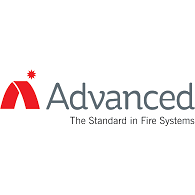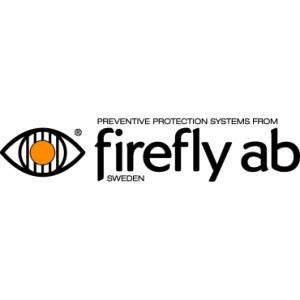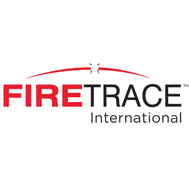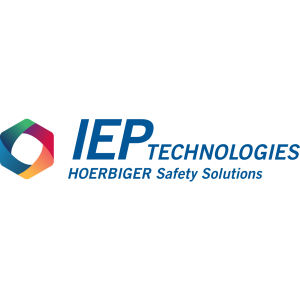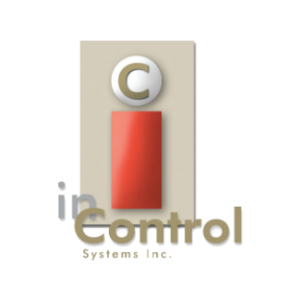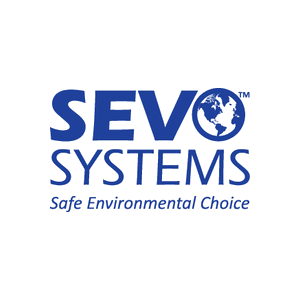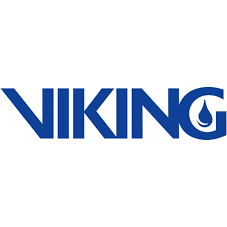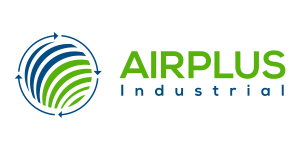Localized Fire Detection & Suppression Systems
Machine & Cabinet Mounted Fire Protection
nothing here
AIRPLUS designs hazard-specific flame detection & suppression systems using Firetrace products that are machine or cabinet-mounted for quick response.
Fire Protection That Works When You Need It
Firetrace fire suppression systems keep your business, people and equipment safe by automatically detecting and suppressing fires in high-risk equipment, like CNC machines, server rooms, electrical panels, vehicles and wind turbines.

Applications
- Manufacturing Machinery
- Wind Turbines
- Airpost GSE
- Electrical Panels
- Vehicles
- Data Centres
- Military Protection
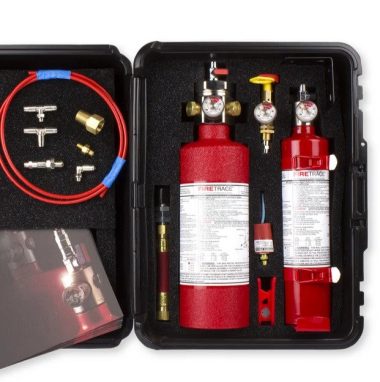
Automatically Detect and Suppress Fire Directly at the Source
What is a Fire Suppression System?
A fire suppression system is any product designed to stop a fire from spreading. It gets the name suppression system as it aims to hold back the fire and the damage it may cause. Preventing the fire from spreading mitigates losses and allows time for emergency personnel to respond. One example of a fire suppression system is a fire sprinkler system. Clean agent and dry chemical systems, like those offered by Firetrace also qualify as fire suppression systems.
Special Hazard Fire Protection Systems
While sprinkler systems are the most common type of fire suppression system, some applications require special hazard fire suppression systems that do not use water. These systems are unique in that they can deal with hazards where water could actually do more harm than good. Within fire science, there are severalclasses of fires: Class A, B, C, D, and K. The fuel of the fire will dictate what can put it out. Class A fires, for example, involve wood, and a sprinkler system would work well. A Class C fire, on the other hand, is an electrical fire and that may get worse by trying to suppress it with water. In summary, the specific environment will determine which system will work best.
Video: Direct & Indirect Release
Firetrace pre-engineered fire suppression systems are available in two configurations: indirect release and direct release. Watch the video below to learn about the two different Firetrace pre-engineered fire suppression systems:
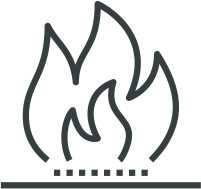
Detect
Firetrace detects fires at the source using proprietary heat and flame detection tubing.
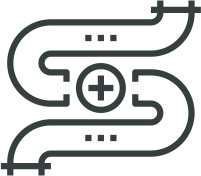
Activate
The Firetrace system activates automatically, providing protection even when no one is around.

Suppress
Firetrace systems suppress fires in seconds using clean agents that are safe for people, equipment, and the environment.
Fire Suppression Agents
Within pre-engineered fire suppression systems, there is a slew of agents that can be used. Class K systems typically have foam fire suppressants or other wet chemical agent options to help reduce the spread of the fire within the space. Engines, by contrast, are typically protected using ABC Dry Chemical powder, which can effectively suppress Class A, B, and C fires.
Detection Options
A pre-engineered system usually comes in two forms or categories. The first is an active detection system, while the second is a non-electric detection system. Active detection requires an electrical power source, constantly seeking out heat or smoke. A non-electric detection system relies on zero electricity.
Non-Electric Detection System
Non-electric detection systems, including the Firetrace pre-engineered system, utilize pneumatic detection tubing that can be installed inside and throughout hazards. Since heat rises, it works to trigger the pneumatic detection tube. If the heat or fire comes in contact with the tube, the tubing will burst open at the point of contact. It causes a pressure change in the entire system and will tell the system to discharge its fire suppression agents. Agents you can use with these systems include carbon dioxide, dry chemicals, clean agents and foam suppressants.
Direct vs. Indirect Release Systems
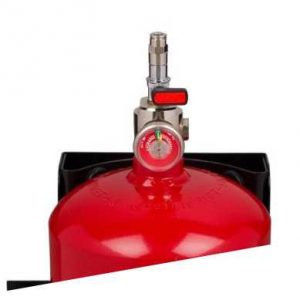
Direct Release Systems
How it works: In a direct release system, the suppressant will come through the hole in the tube directly.
Common applications: Direct release systems are recommended for electrical panel and server rack protection.
Key benefits: The direct release system works well for the protection of electrical hazards because it does not rely on any metal components installed within an electrical enclosure. Metal components, like nozzles, can cause electrical arc faults, which actually increase your fire risk. Because direct release systems rely entirely on the tubing, a plastic material, fire risk is reduced.
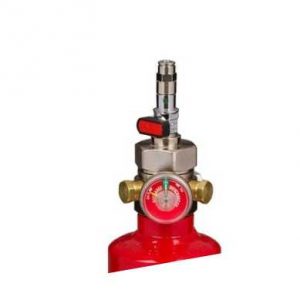
Indirect Release Systems
How it works: An indirect release is when the tube acts as a detection device and, through the pressure change, tells the system to discharge the agent through other pipes and nozzles.
Common applications: Indirect release systems are commonly used for vehicles and in CNC machines.
Key benefits: Firetrace Indirect Release Systems have been independently tested and evaluated by the leading product performance testing agencies. They are UL Listed and FM Approved. Third party testing ensures that products consistently perform as expected and can tolerate environmental challenges like temperature change. Local and national fire codes, including those published by the National Fire Protection Association (NFPA) often recommend UL or FM approved systems.
Built for High Risk Equipment
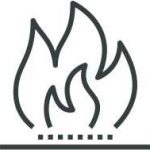
Rapid
Dectection
Detects fires right at their source
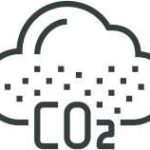
Safe for Equipment
Clean agents leave no residue
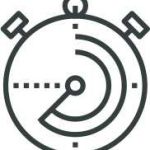
Fast Installation
Get complete protection in just a few hours
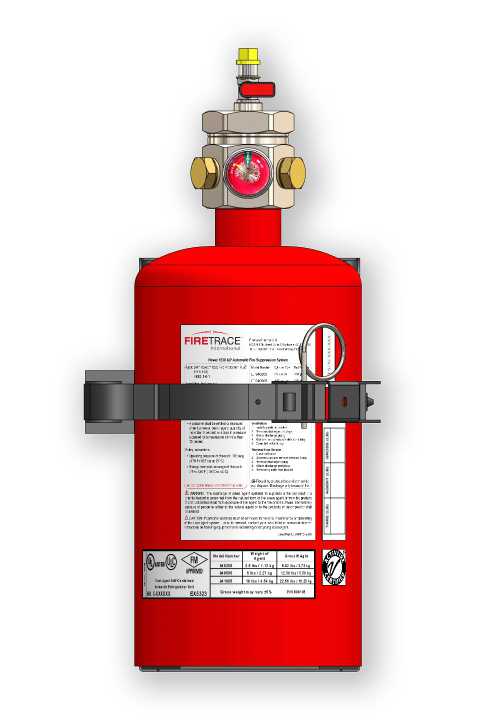
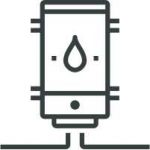
Automatic Suppression
No human intervention required
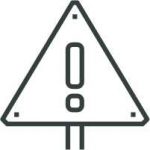
No False Alarms
Ideal for harsh or dusty environments
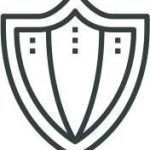
Self Contained
Independent of power, water, and electricity
Core Technology in the Tubing System
The Firetrace tubing system, with its focus on pressure and heat, is incredibly simple. This core piece of technology works in a reactive manner and can jump into action as soon as a fire is detected. The agents in use with the products will vary, but Firetrace offers branded clean agents only. Clean agents do not involve any clean-up work after discharge. Two main manufacturers of clean agents are Chemours and 3M.
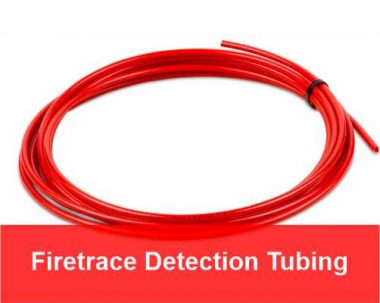
The red Firetrace Detection Tubing (FDT) is at the heart of the system. By routing the tubing throughout a special hazard, the system can detect a fire at its source. Under normal circumstances, the FDT detects a fire 10 times faster than traditional methods. Firetrace direct release and indirect release systems do not require electricity to operate and accurately detect fires even in the presence of dust, particulates, and other environmental challenges.
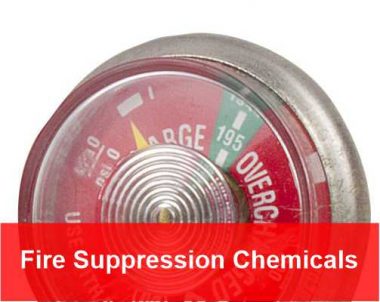
Firetrace offers a range of suppression chemicals (agents), and our experts can identify the best agent for your application. We have strong partnerships with clean agent manufacturers, allowing us to offer both Chemours FM-200 or 3M Novec 1230 clean agents. We also offer ABC dry chemical, BC dry chemical, and carbon dioxide suppression systems.
Brands We Trust
We offer the following explosion protection equipment and solutions:
- Firefly spark detection and extinguishing systems for pneumatic ducts & conveyors.
- Firefly Quick Suppression systems for machinery & space protection.
- IEP Active Explosion suppression for equipment & pneumatic process isolation.
- Vigilex Passive vents and for equipment & process protection.
- SEVO Novec-1230 for Data Centres
- MCC control room and Power Distribution Centre protection.
- Firetrace pre-engineered solutions for small space & cabinet protection.
- Advanced Fire Systems for building fire alarm detection & notification.
- inControl CO2 fire suppression for outdoor spaces & equipment.
